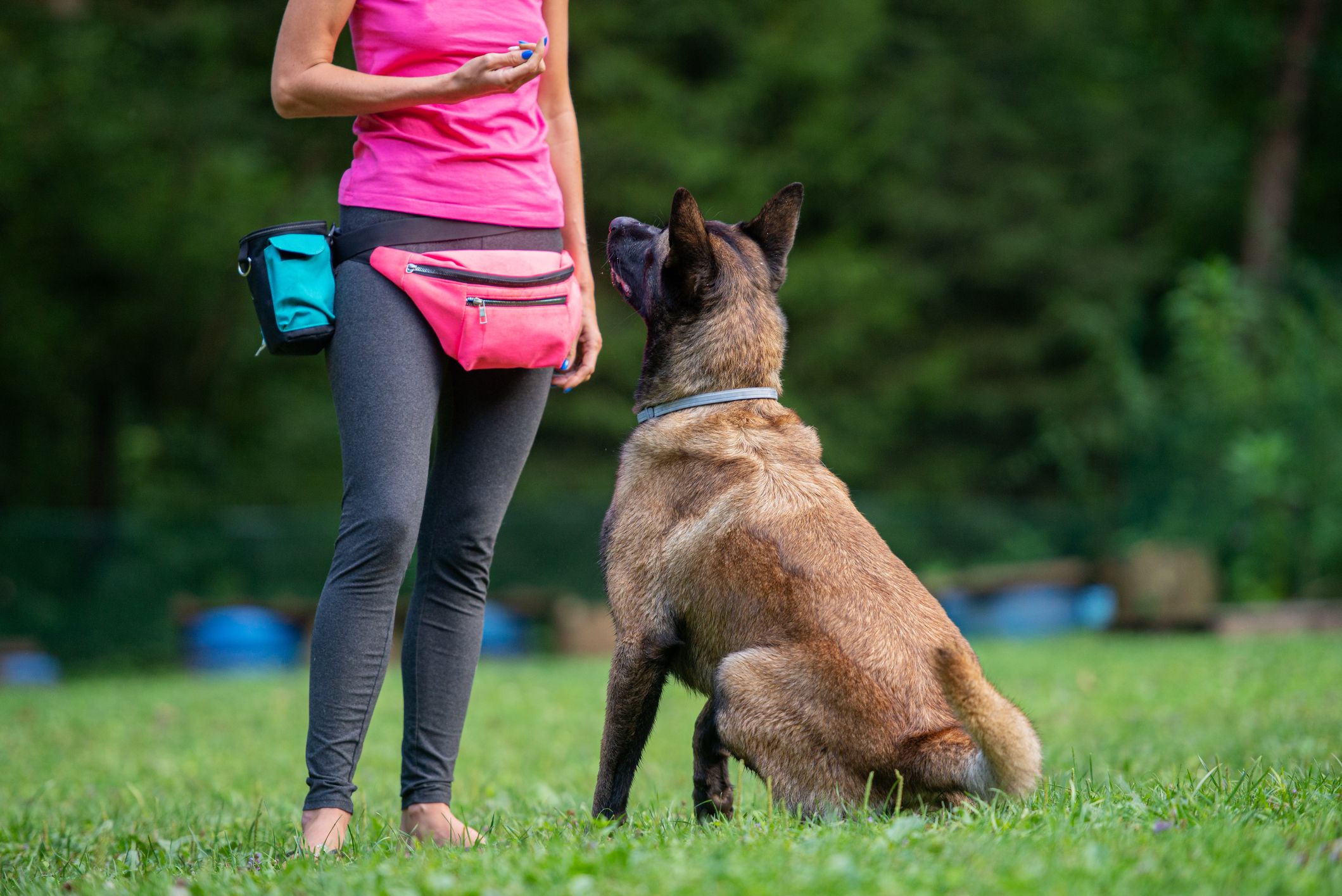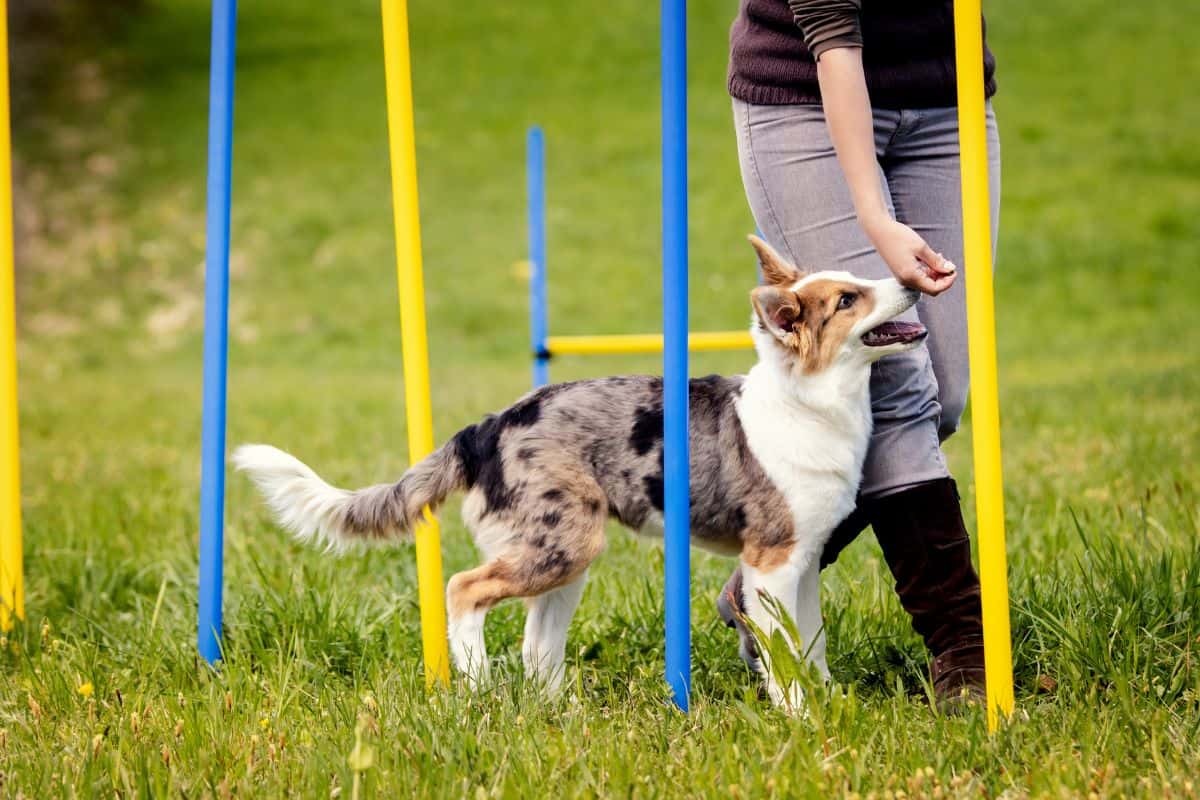Board and train Raleigh NC options to ensure your dog’s success.
Board and train Raleigh NC options to ensure your dog’s success.
Blog Article
Master Vital Commands: Effective Dog Training Made Easy
Reliable canine training is a basic element of responsible pet dog possession, and understanding important commands serves as the foundation for an unified relationship between handler and dog. Recognizing the nuances of canine habits and the training process is crucial; however, the journey to a trained dog usually presents unanticipated hurdles that need attention.
Understanding Your Canine's Habits
To understand the subtleties of efficient canine training, it is necessary to damage down and analyze your canine's actions. Dog training. Comprehending the inspirations behind your pet dog's actions is important; habits can originate from instinct, worry, exhilaration, or a wish for focus. By observing your canine in different circumstances, you can identify patterns that might indicate underlying emotions or demands
For example, a canine that barks excessively might be expressing monotony, stress and anxiety, or a requirement for social communication. Conversely, a dog that shows damaging habits may be looking for excitement or relief from stress and anxiety. Acknowledging these triggers permits you to tailor your training strategy efficiently.
In addition, it is essential to take into consideration the pet's type characteristics, as they can influence behavior considerably. Some breeds are predisposed to details qualities, such as herding or guarding reactions, which can impact their reactions to particular stimulations.
Last but not least, uniformity in your feedbacks to your dog's actions promotes a better understanding in between you and your animal. This mutual understanding is fundamental for building trust and facilitating an effective training procedure that nurtures both behavior modification and favorable support.
Important Commands to Educate
Educating crucial commands is a fundamental facet of reliable pet dog training, offering the structure for a mannerly and receptive animal. These commands not only boost interaction in between the owner and the dog yet additionally ensure safety and security in numerous environments.
One of the most critical commands include "Sit," which motivates your dog to stay stationary and calm; "Keep," which strengthens the concept of continuing to be in one location until released; and "Come," which is crucial for recalling your pet dog from potentially hazardous situations. "Down" educates dogs to rest, advertising leisure and control, while "Leave it" aids prevent dogs from getting hazardous or unwanted things.
" Heel" is another important command that motivates your pet dog to stroll very closely next to you, enhancing chain good manners. Lastly, "No" offers as a critical boundary-setting command, helping to remedy undesirable habits.
Training Techniques for Success
Efficient dog training relies heavily on utilizing a range of strategies that accommodate both the pet dog's learning style and the owner's training objectives. One key approach declares reinforcement, which entails fulfilling wanted habits with treats, praise, or play. This technique urges the pet dog to duplicate those habits, cultivating a strong bond in between proprietor and pet dog.

An additional effective strategy is remote control training, where an unique noise, made by a remote control, marks the specific moment a dog hop over to these guys does a wanted activity. This accurate timing helps pets link the actions with the benefit, enhancing their understanding.
Uniformity is important in all training methods. Establishing clear commands and keeping the same hints aids the canine grasp assumptions extra swiftly. In addition, brief, engaging training sessions avoid boredom and boost retention.
Including socialization opportunities is additionally essential. Go Here Subjecting dogs to numerous environments, people, and other pets assists them establish confidence and versatility.
Lastly, patience plays a considerable role in successful training - Dog training. Each dog finds out at their very own rate, and recognizing this can result in a more pleasurable training experience for both the owner and the canine. Applying these methods will certainly establish the structure for reliable canine training
Typical Difficulties and Solutions
Despite the best training methods, pet owners commonly come across usual obstacles that can hinder progression. When family members use different commands for the very same actions, it puzzles the canine, leading to inconsistent responses.

Furthermore, some canines may display stubbornness or lack motivation. This can typically be resolved by integrating positive reinforcement techniques, such as deals with or praise, to urge desired behaviors. Customizing benefits to what your pet finds most encouraging can substantially boost their involvement.
Finally, worry or stress and anxiety can hinder progression in training. Recognizing indications of tension and readjusting the training pace accordingly is essential. Employing gradual direct exposure to been afraid stimulations can assist construct confidence in time, facilitating an extra efficient training experience.
Maintaining Consistency and Perseverance
Consistency and patience are extremely important in Extra resources pet training, as they create the structure for accomplishing enduring behavioral adjustments. Canines grow on routine and clear assumptions; thus, preserving a constant technique in commands, rewards, and adjustments is necessary.
Canines, a lot like human beings, have varying discovering speeds and may not understand commands quickly. Positive reinforcement plays a crucial role below, rewarding preferred actions and assisting to cultivate a relying on relationship in between the pet and fitness instructor.
Final Thought
Mastering vital commands is essential to effective pet training, fostering boosted communication and reinforcing positive actions. The application of positive reinforcement strategies, combined with consistency and patience, dramatically boosts the training experience for both the dog and handler. Resolving typical difficulties with practical options even more sustains the training process. Ultimately, a trained canine not just displays good actions yet additionally establishes confidence, adding to an unified relationship between the dog and its owner.
Report this page